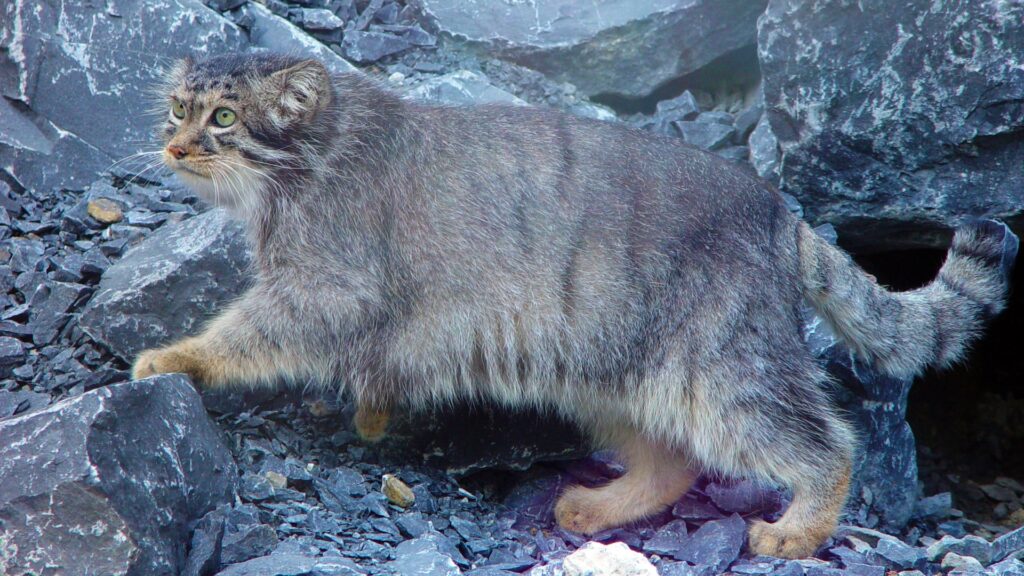
The diversity of wild cats extends far beyond the iconic lions and tigers. Many lesser-known felines, equipped with unique adaptations, thrive in remote habitats around the world. These rare cats, coupled with challenges to their survival, remind us of the importance of conservation efforts. Let’s dive into eight of these extraordinary wild cats and five broader topics related to their conservation and ecology.
Why Rare Cats Matter
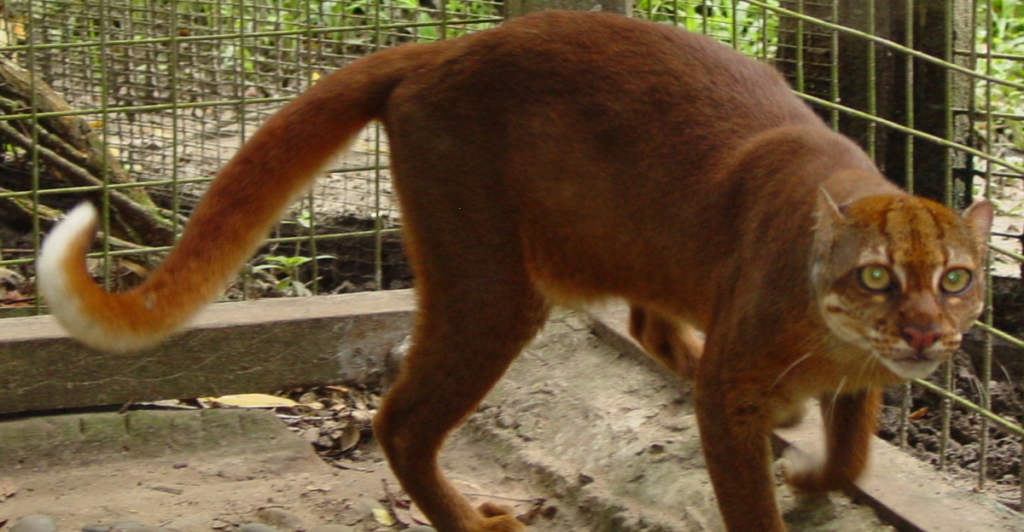
Rare wild cats play essential roles in their ecosystems. From controlling prey populations to shaping their habitats, they ensure ecological balance. Each cat species also represents an irreplaceable genetic lineage developed over millions of years. Their survival is threatened by habitat destruction, poaching, and climate change. Protecting these species doesn’t just help them. It safeguards entire ecosystems, highlighting the importance of global conservation efforts for biodiversity.
1. Black-footed Cat
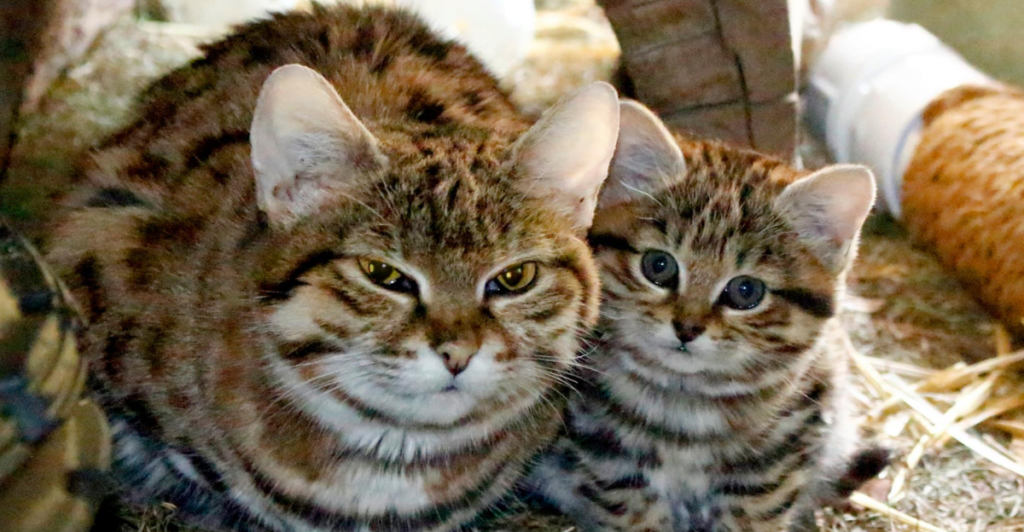
The black-footed cat (Felis nigripes) is Africa’s smallest wild feline and a ferocious predator, often called the “world’s deadliest cat” based on hunting success. Native to Southern Africa’s savannas, it weighs only around 4 pounds but captures prey almost every hour of the night. This nocturnal species preys on small mammals and birds, relying on stealth and speed. Unfortunately, agricultural expansion and rodent poisoning threaten its survival, making conservation efforts essential to preserve its population.
2. Iberian Lynx
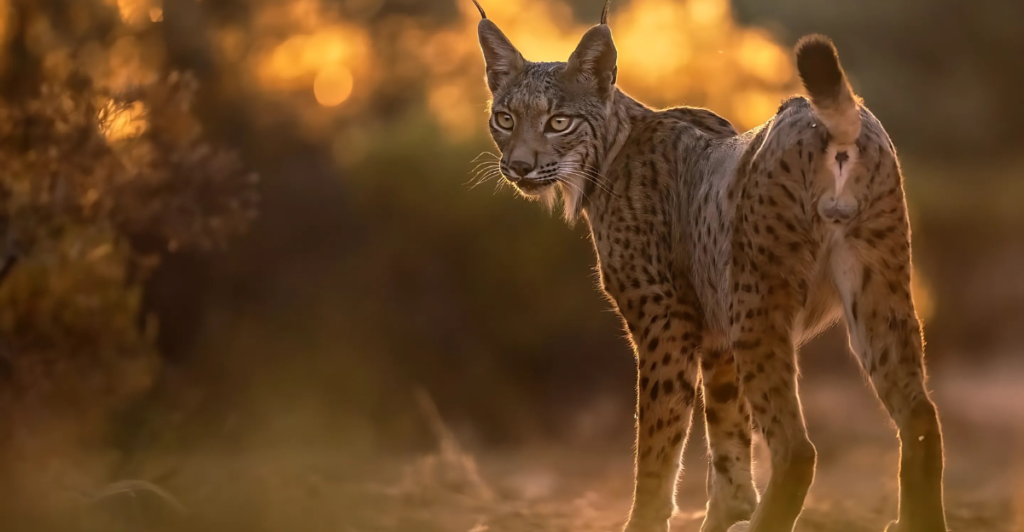
Once critically endangered, the Iberian lynx (Lynx pardinus) is a conservation success story. Found in Spain and Portugal, this cat is known for its tufted ears and beautiful spotted coat. Its primary diet consists of rabbits, making it vulnerable to a decline in the prey population. Decades of habitat restoration and captive breeding programs have increased their numbers to over 1,000, but habitat fragmentation and road accidents remain threats. Continued conservation action is vital for this striking species.
3. Pallas’ Cat
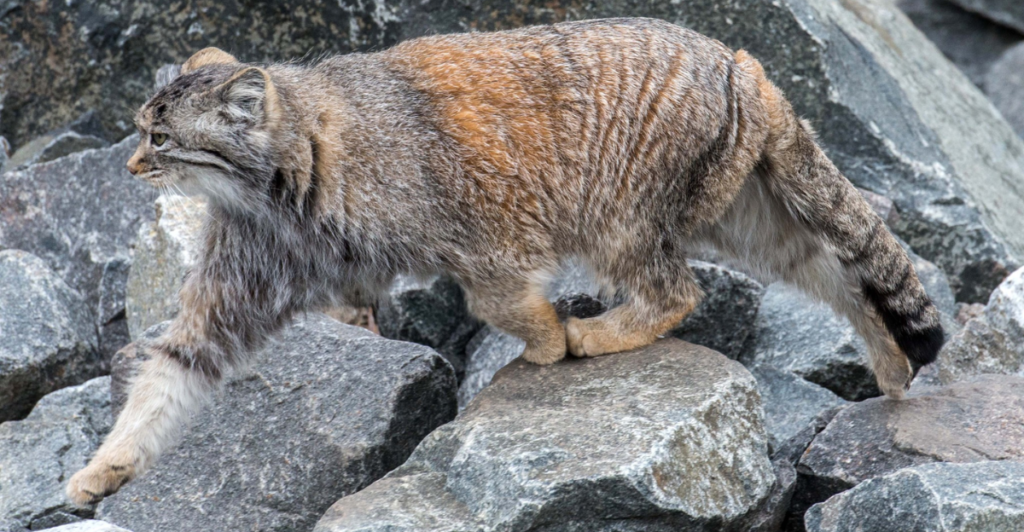
Pallas’s cat (Otocolobus manul), also known as the manul, inhabits rocky steppes across Central Asia. Its dense fur and compact body make it well-adapted to cold environments. Unlike most cats, its round pupils give it a uniquely expressive look. A solitary and elusive hunter, it preys on small mammals like pikas. However, habitat degradation and accidental poisoning in rodent control programs threaten its survival. Conservation measures focus on habitat protection and public awareness.
4. Andean Mountain Cat
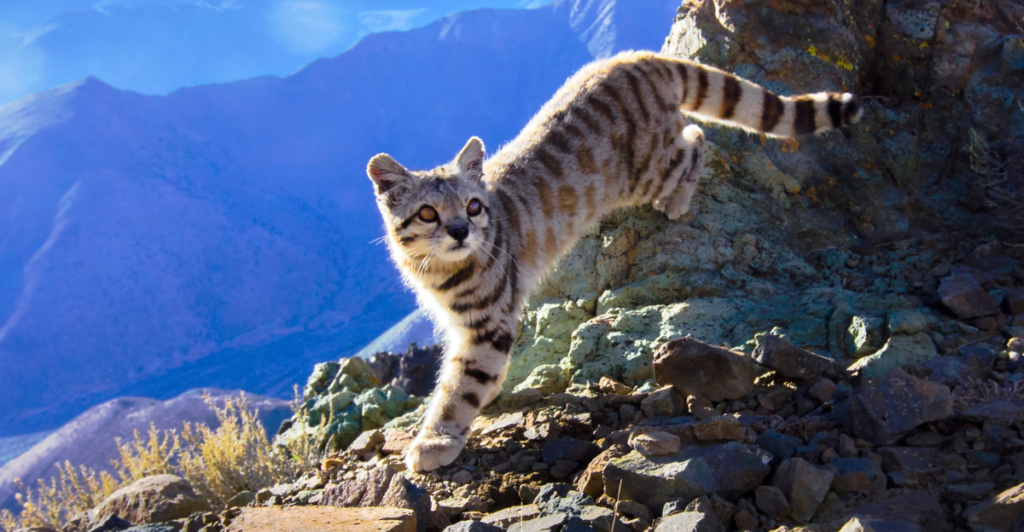
The Andean mountain cat (Leopardus jacobita) is one of the world’s rarest and least studied wild cats. Found in the high Andes of South America, it inhabits rocky, arid regions above 3,000 meters. Its thick coat and bushy tail insulate it from the cold, and it primarily hunts vizcachas, a rodent species. Habitat destruction and prey depletion are major threats. Conservation programs are difficult due to its remote range, but awareness is growing for this species’ protection.
5. Borneo Bay Cat
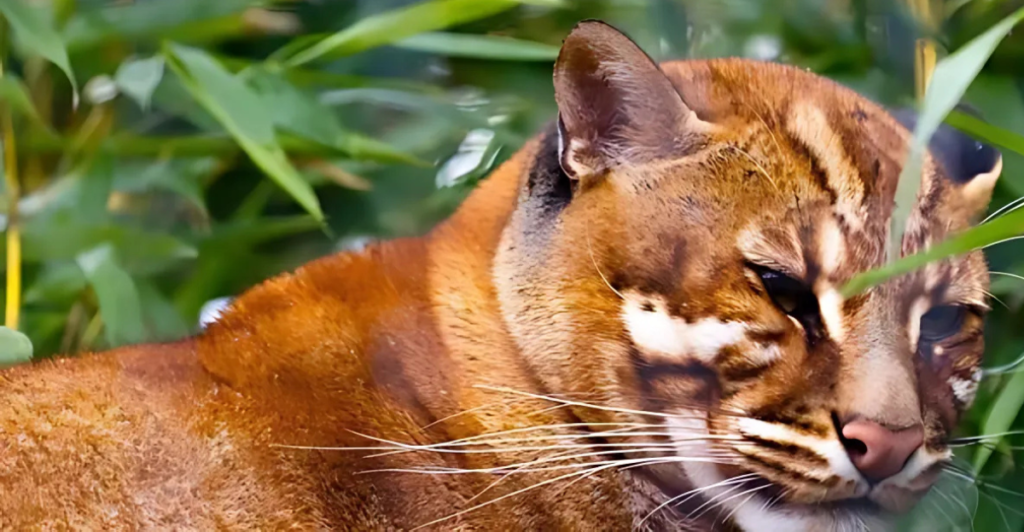
The Borneo bay cat (Catopuma badia) is an enigmatic feline endemic to Borneo’s dense rainforests. Sporting a reddish coat, it remains one of the least observed wild cats. This nocturnal predator preys on birds, rodents, and reptiles. Rapid deforestation and palm oil plantations severely threaten its habitat, making it a high-priority species for conservation efforts. Protecting Borneo’s forests is essential to safeguarding this rare and mysterious cat.
6. Sand Cat
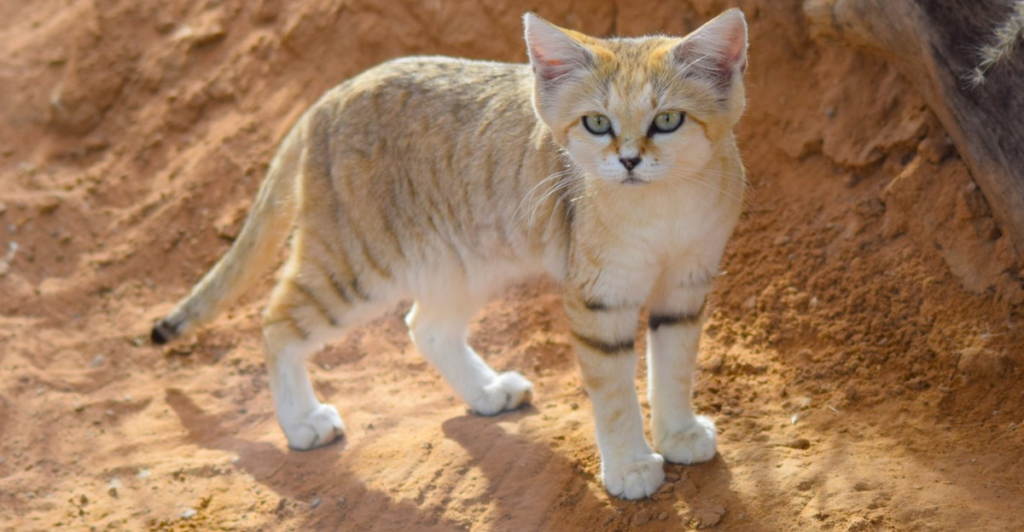
The sand cat (Felis margarita) thrives in the harsh deserts of North Africa, the Middle East, and Central Asia. Its thick fur protects it from extreme temperatures, and its furry footpads help it navigate scorching sands. Sand cats can survive without water, obtaining hydration from their prey, which includes rodents, birds, and reptiles. Habitat degradation and human activities pose risks, but conservation efforts aim to ensure the survival of this desert specialist.
7. Fishing Cat
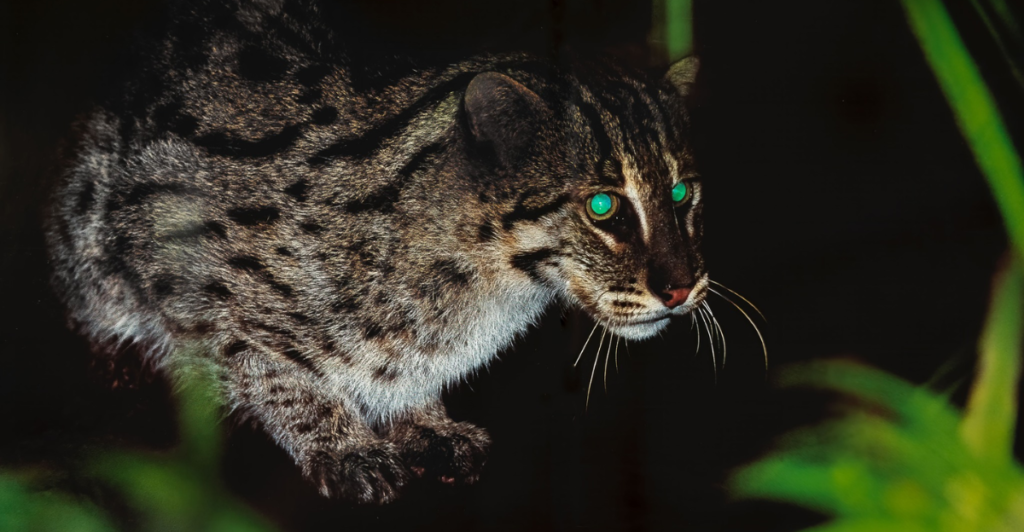
The fishing cat (Prionailurus Viverrinus) is a wetland specialist found in South and Southeast Asia. Its partially webbed feet and water-resistant fur make it an excellent swimmer. This nocturnal hunter preys on fish, crustaceans, and amphibians. Unfortunately, wetland destruction and pollution have led to significant population declines. Conservation programs focus on restoring wetlands and raising awareness about the importance of these ecosystems.
8. Marbled Cat
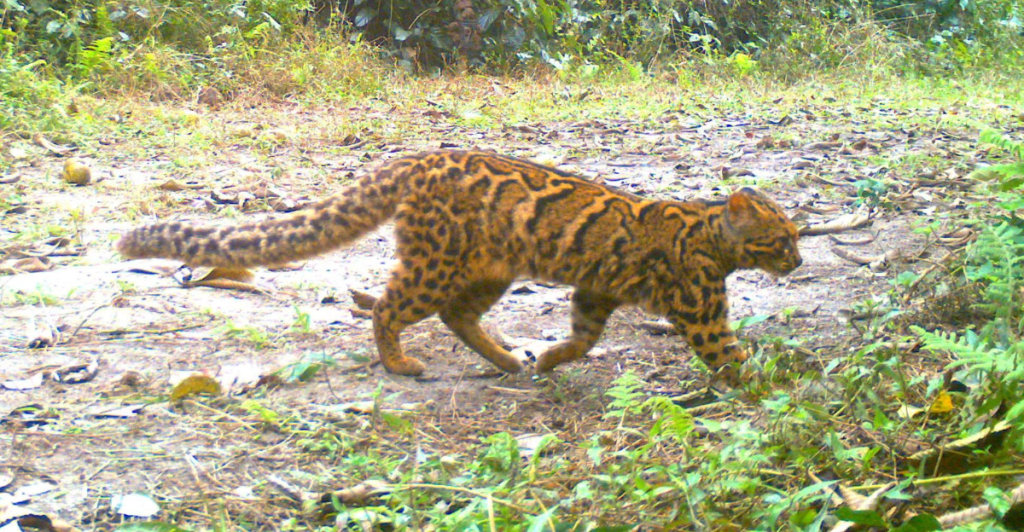
The marbled cat (Pardofelis marmorata) is an arboreal marvel, often likened to a smaller version of the clouded leopard. Native to Southeast Asia’s forests, it spends most of its time in trees, preying on birds and small mammals. Its marbled coat provides excellent camouflage. However, habitat loss from deforestation threatens its survival. Efforts to protect Southeast Asia’s rainforests are critical to preserving this elusive species.
The Role of Habitat Conservation
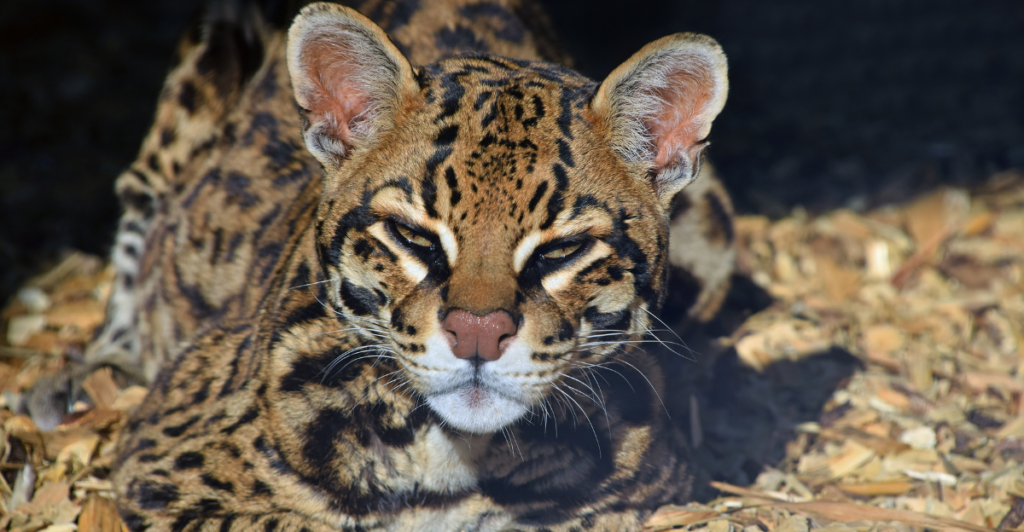
Habitat destruction remains the greatest threat to wild cats worldwide. Forests, wetlands, and grasslands are disappearing at an alarming rate due to urbanization, agriculture, and deforestation. Habitat fragmentation isolates populations, leading to inbreeding and reduced genetic diversity. Preserving habitats is key not only for wild cats but also for countless other species that share their ecosystems. Conservationists are working on creating wildlife corridors and protected areas to mitigate these challenges.
Climate Change and Wild Cats

Climate change poses a growing threat to wild cats. Rising temperatures and shifting weather patterns disrupt habitats and prey availability. Species like the snow leopard and Andean mountain cat are particularly vulnerable as their cold habitats shrink. Conservation efforts must account for these changes, focusing on habitat connectivity and adaptive strategies to help wild cats endure a rapidly changing environment.
Why Research Matters
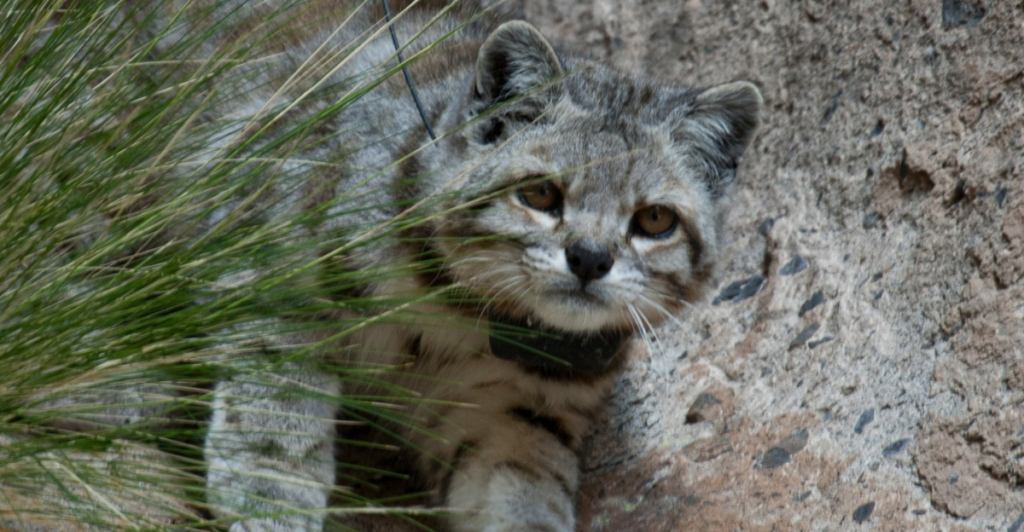
Studying rare wild cats is challenging but essential. Many species, like the Andean mountain cat and Borneo bay cat, remain poorly understood due to their elusive nature. Research provides critical insights into their behavior, habitat needs, and threats. By understanding these factors, conservationists can implement targeted strategies to protect them. Public support and funding for wildlife research are crucial to uncovering the mysteries of these incredible animals.
What You Can Do
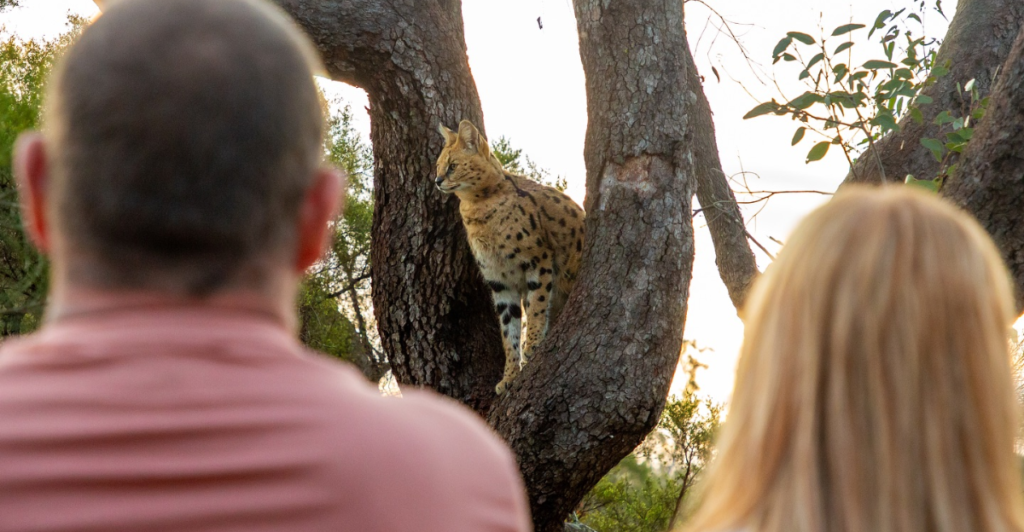
Everyone can contribute to wild cat conservation. Supporting organizations that protect habitats and combat poaching makes a difference. Advocating for sustainable practices, like responsible tourism and avoiding products linked to deforestation, also helps. Raising awareness about lesser-known wild cats inspires others to join the cause. Together, we can ensure a future where these rare feline wonders continue to thrive.
References:
8 Cool Wild Cats You Probably Don’t Know
Earth’s Wildlife is Vanishing. We Must Save It In Order to Save Ourselves
The world’s 5 most Endangered wild cats
Human-wildlife conflict one of the greatest threats to wildlife species
Big cats
Stay connected with us for more stories like this! Follow us to get the latest updates or hit the Follow button at the top of this article, and let us know what you think by leaving your feedback below. We’d love to hear from you!







